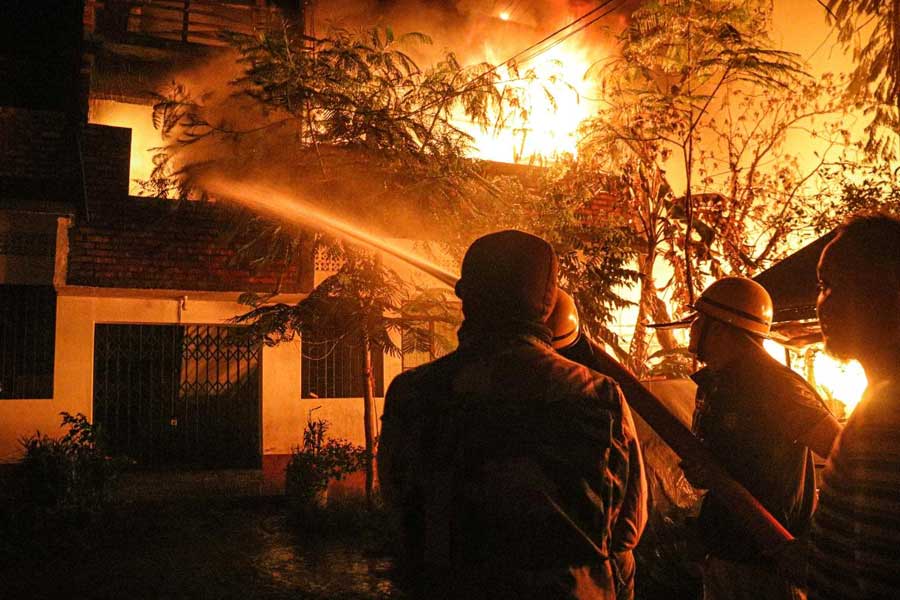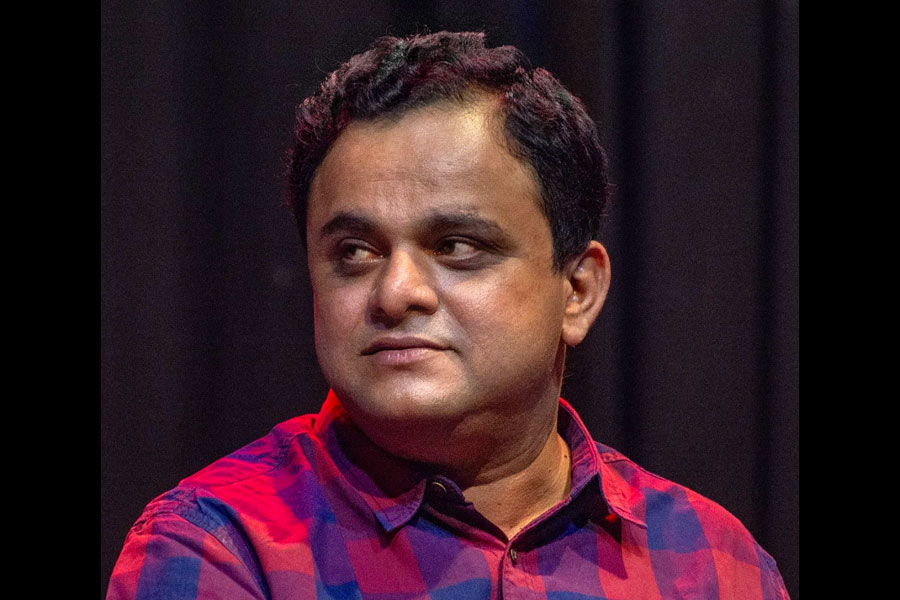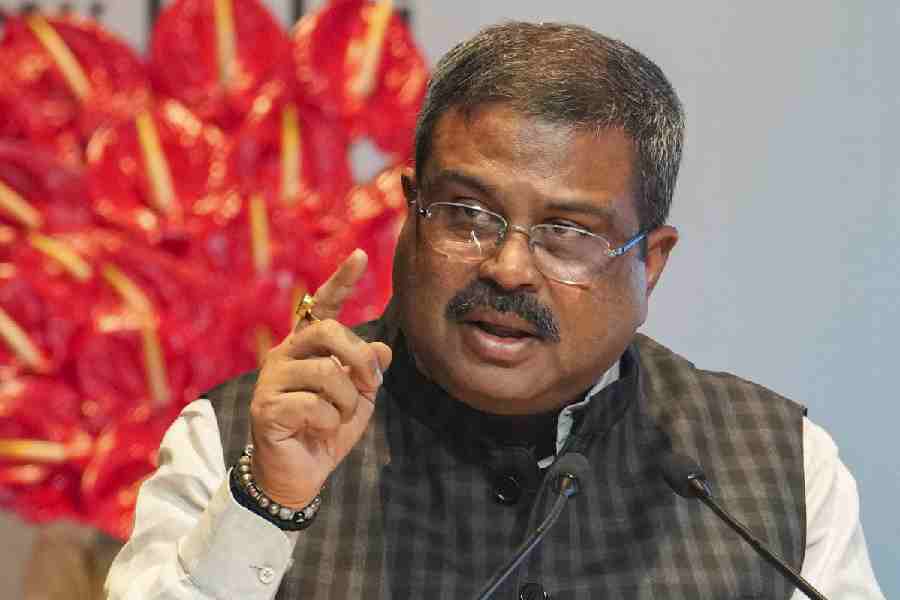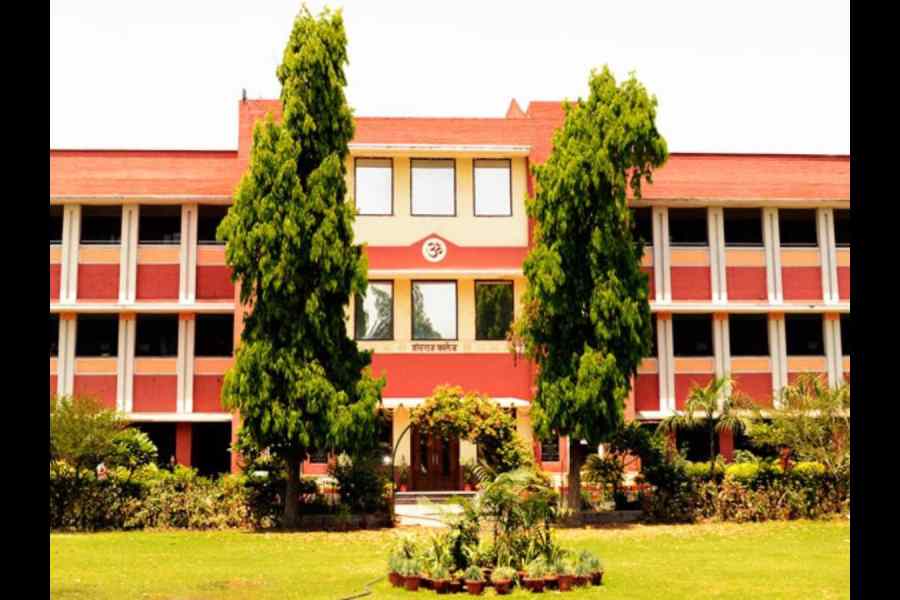How damaging is communal tension and the violence it breeds? According to the Institute for Economics and Peace report, in 2023 alone, the economic costs of violence in India in purchasing power parity terms amounted to a staggering 6% of the country’s total GDP. Yet, beyond these visible economic losses lie deeper, long-lasting scars: disrupted education and livelihoods, fractured families, and a lasting erosion of social trust.
Communal riots not only stem from social divisions but also reinforce them. A study by Raymond Fisman and co-authors shows that bank loan officers exposed to riots during their lifetime tend to approve fewer loans for minority clients. The result is a development trap in which the disadvantaged remain stuck in cycles of poverty and insecurity.
Housing is an important channel through which such credit market distortions might increase riot exposure. Limited credit access restricts home-ownership to the urban poor, concentrating diverse communities in crowded, low-rent areas, raising the risk of violence during tensions. The 2002 Gujarat riots offer a telling example: research by Erica Field and others shows that the worst-affected areas were abandoned textile mill neighbourhoods in Ahmedabad where workers from different religious backgrounds continued to live in subsidised housing due to longstanding tenancy rights.
The leitmotif of communal strife in India is the grief-stricken faces of the poor and the shadow of political opportunism lurking in the background. But amid this recurring narrative, we seldom ask a more unsettling question — why do ordinary people participate in such carnages? Many blame the politicians for calculated incitement of violence. Yet if trust in politicians is so low, as indicated by a Pew survey, why do their divisive campaigns find support?
Studies in conflict-driven areas like sub-Saharan Africa by Alexandra Scacco note that with meagre assets to provide for subsistence, the potential damage cost of violence is extremely high for the disadvantaged class. This is compounded by the fact that with weaker social connections, they have no permanent safeguards for their security. If access to public assistance is feeble and private security is beyond their means, then their survival depends on local community networks. When the leaders of those groups call for mobilisation, defiance becomes nearly impossible.
A report by the Working Group of National Integration Council that analysed 29 incidents of violence across the country from 1961 to 2005 notes that agitators were made to believe that ‘important persons’ would shield them from the consequences of unlawful act. This belief, often accompanied by low conviction rates, calls for closer inspection of law enforcement systems and security measures. In fact, the Working Group proposed a revival of the “police beat system” — a decentralised policing approach where officers are assigned to specific neighbourhoods to build local rapport and act as early warning systems. In addition, the policymakers also argued for more diversity in police contingents such that the interests of the minorities are safeguarded.
Some states like Chandigarh, Karnataka, and West Bengal have reinvigorated community policing but the long-term viability of the ‘beat system’ remains uncertain due to low police-to-population ratios. India’s average stands at 155 per 100,000 people — well below the UN norm of 222 — with states like Bihar and West Bengal reporting even lower figures of 81 and 101, respectively. Additionally, a 2025 Lokniti-CSDS survey found that over half of police personnel believed minorities are more likely to commit crimes, highlighting inherent biases and lack of diversity in the force.
The persistence of communal violence reflects social tensions, institutional gaps and political complicity. Beyond police reform, meaningful change requires accountability, inclusivity, and a recognition of how systemic neglect fuels unrest. Without addressing these structural issues, the underlying causes of such violence will remain camouflaged.
Prasenjit Sarkhel is Professor in the Department of Economics, University of Kalyani










